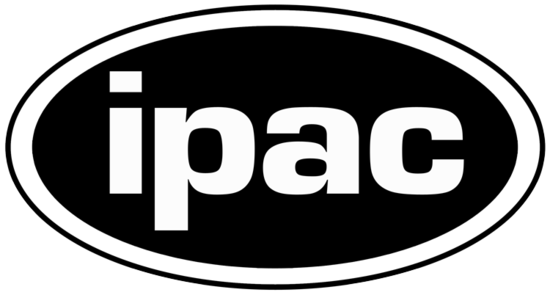Cosmic Reionization

planck_planck16-003 August 31st, 2016
Credit: ESA C. Carreau
Artist's impression of a portion in the timeline of the Universe, around the 'epoch of reionization' the process that ionized most of the material in the cosmos.
The illustration begins from the release of the Cosmic Microwave Background, or CMB (on the left), the most ancient light in the history of the cosmos, dating back to 380 000 years after the Big Bang, and proceeds towards the right, with the formation of the first stars and galaxies in the Universe.
Before the release of the CMB, the cosmos consisted of a hot, dense soup of particles. At that time, collisions between electrons and photons the particles of light were so frequent that light particles could not travel any significant distance before colliding with electrons.
As the cosmos expanded, the Universe grew cooler and more rarefied and, after about 380 000 years, finally became 'transparent'. By then, particle collisions were extremely sporadic and photons could travel freely across the cosmos.
The distribution of the CMB on the sky reveals tiny fluctuations that contain a wealth of information about the history, composition and geometry of the Universe. These fluctuations are shown in the vertical strip on the left, which is based on observations of the CMB from ESA's satellite Planck.
The release of the CMB happened at the time when electrons and protons joined to form hydrogen atoms. This is the first moment in the history of the cosmos when matter was in an electrically neutral state (represented in yellow).
After that, a few hundred million years passed before these atoms could assemble and eventually give rise to the Universe's first generation of stars (left of centre, in the illustration).
As these first stars came to life, they filled their surroundings with light, which subsequently split neutral atoms apart, turning them back into their constituent particles: electrons and protons. This process, called cosmic reionization, is shown at the centre of the illustration.
A new analysis of data from Planck's High-Frequency Instrument (HFI) has demonstrated that reionization started much later than any previous CMB data have suggested, and that it had half-reionized the Universe (right of centre in this illustration) by the time it was about 700 million years old.
It did not take long until the end of this process: observations of very distant galaxies hosting supermassive black holes indicate that the Universe had been completely reionized by the time it was about 900 million years old (on the right).
The new study based on Planck data locates the formation of the first stars much later than previously thought on the cosmic timeline, suggesting that the first generation of galaxies are well within the observational reach of future astronomical facilities, and possibly even of some current ones.
Provider: Planck
Image Source: http://planck.ipac.caltech.edu/image/planck16-003
Curator: NASA Planck Science Center, Pasadena, CA, USA
Image Use Policy: Public Domain

- ID
- planck16-003
- Subject Category
- D.6.1.3
- Subject Name
- Credits
- ESA C. Carreau
- Release Date
- 2016-08-31
- Lightyears
- Redshift
- Reference Url
- http://planck.ipac.caltech.edu/image/planck16-003
- Type
- Artwork
- Image Quality
- Good
- Distance Notes
- Facility
- Instrument
- Color Assignment
- Band
- Bandpass
- Central Wavelength
- Start Time
- Integration Time
- Dataset ID
- Notes
- Coordinate Frame
- Equinox
- Reference Value
- Reference Dimension
- Reference Pixel
- Scale
- Rotation
- Coordinate System Projection:
- Quality
- FITS Header
- Notes
- Creator (Curator)
- NASA Planck Science Center
- URL
- http://planck.ipac.caltech.edu
- Name
- Telephone
- Address
- 1200 E. California Blvd.
- City
- Pasadena
- State/Province
- CA
- Postal Code
- 91125
- Country
- USA
- Rights
- Public Domain
- Publisher
- Publisher ID
- planck
- Resource ID
- Resource URL
- http://planck.ipac.caltech.edu/system/avm_image_sqls/binaries/36/original/planck16-003a.tif
- Related Resources
- Metadata Date
- 2018-06-20T23:54:06Z
- Metadata Version
- 1.2
Detailed color mapping information coming soon...





